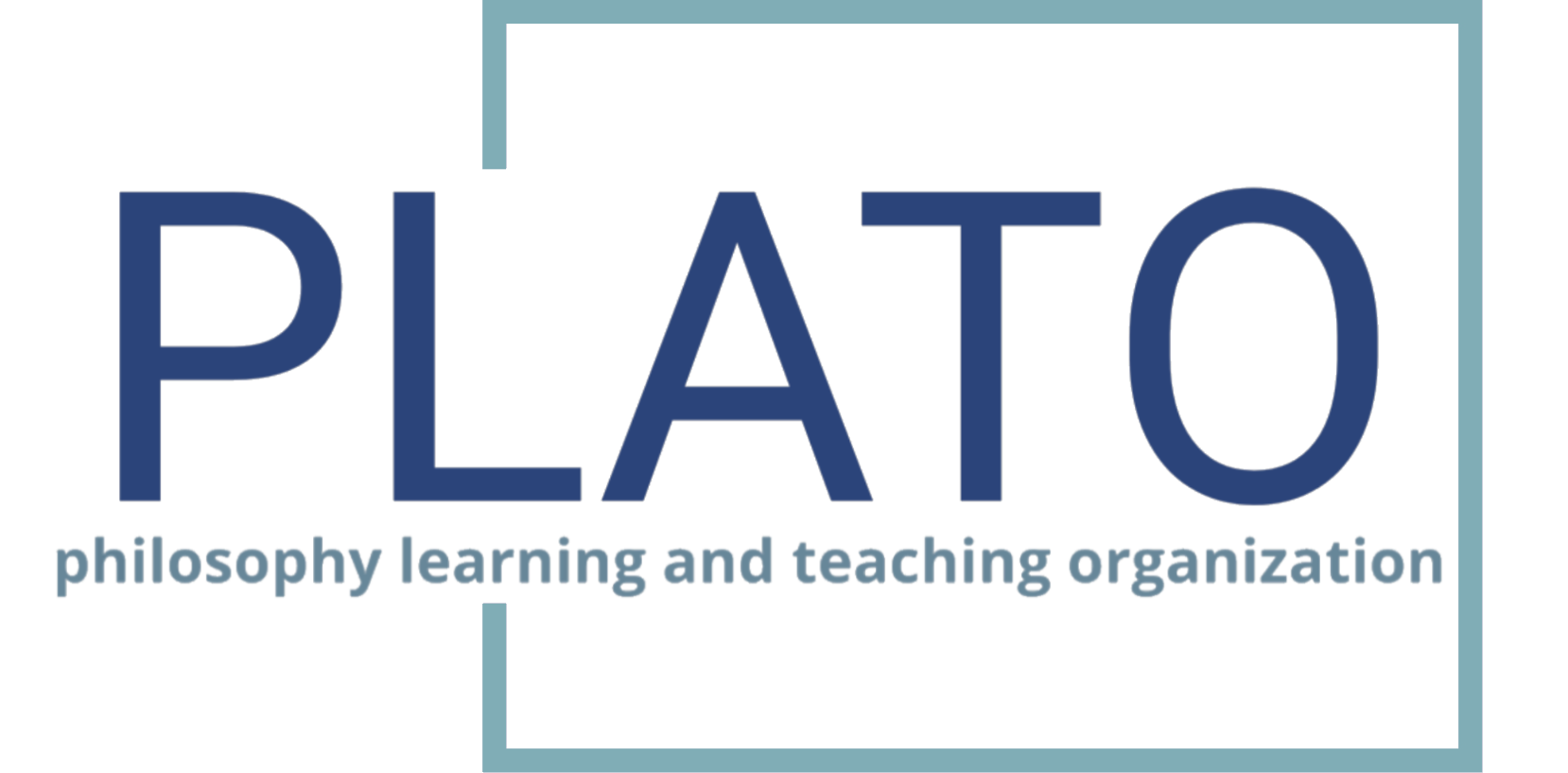Love #2 – Constancy and Loss

This lesson plan can be read in conjunction with “Chapter 3. Love” (pp. 45-68) in the freely available teaching resource Coping: A Philosophical Guide (OpenBook Publishers, 2021) with discussion questions (pp. 123-4) and additional teaching materials (p. 119). 1. Constancy There are three aspects to the constancy of love: Love should not be subject to … Love #2 – Constancy and Loss












Connect With Us!